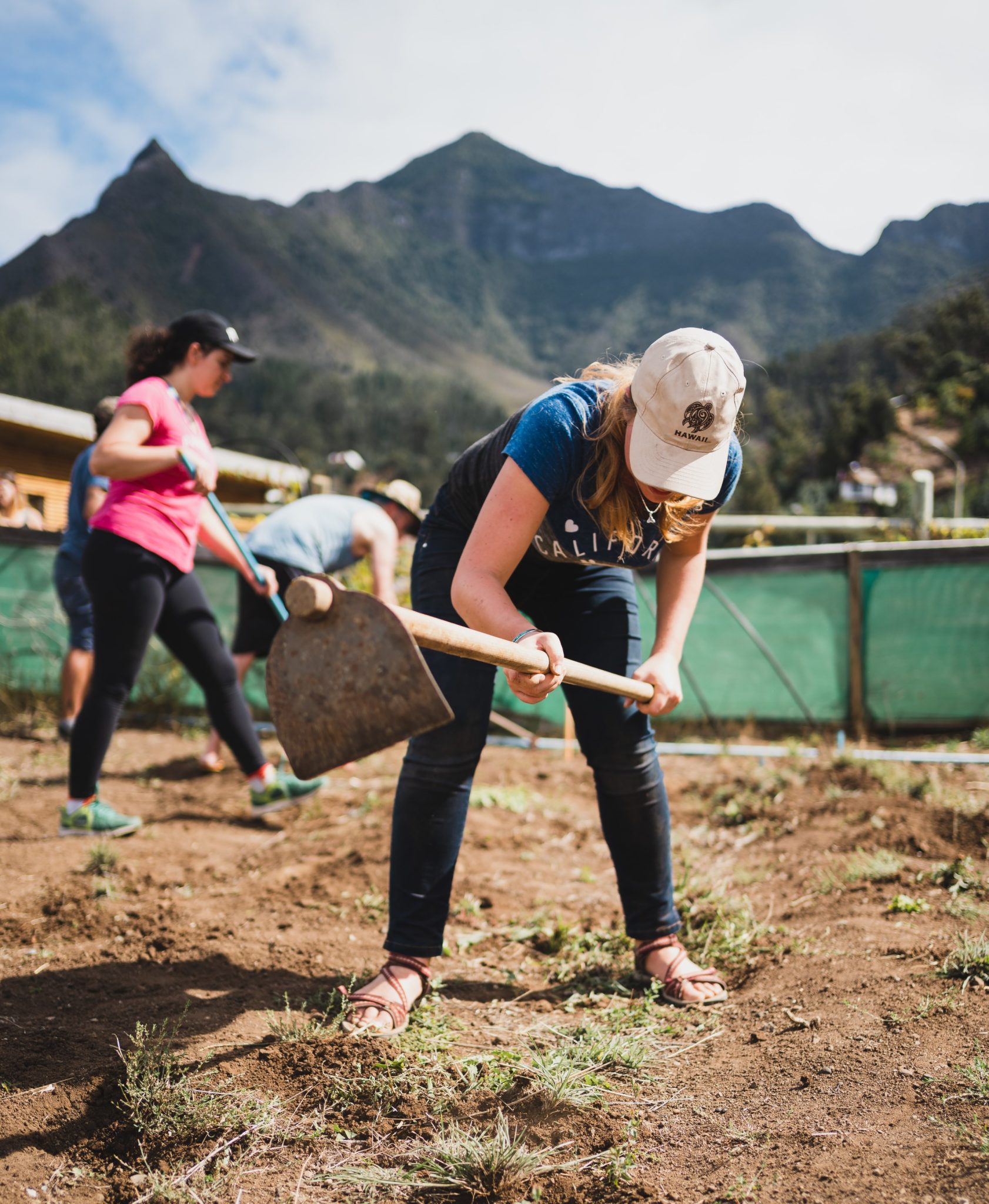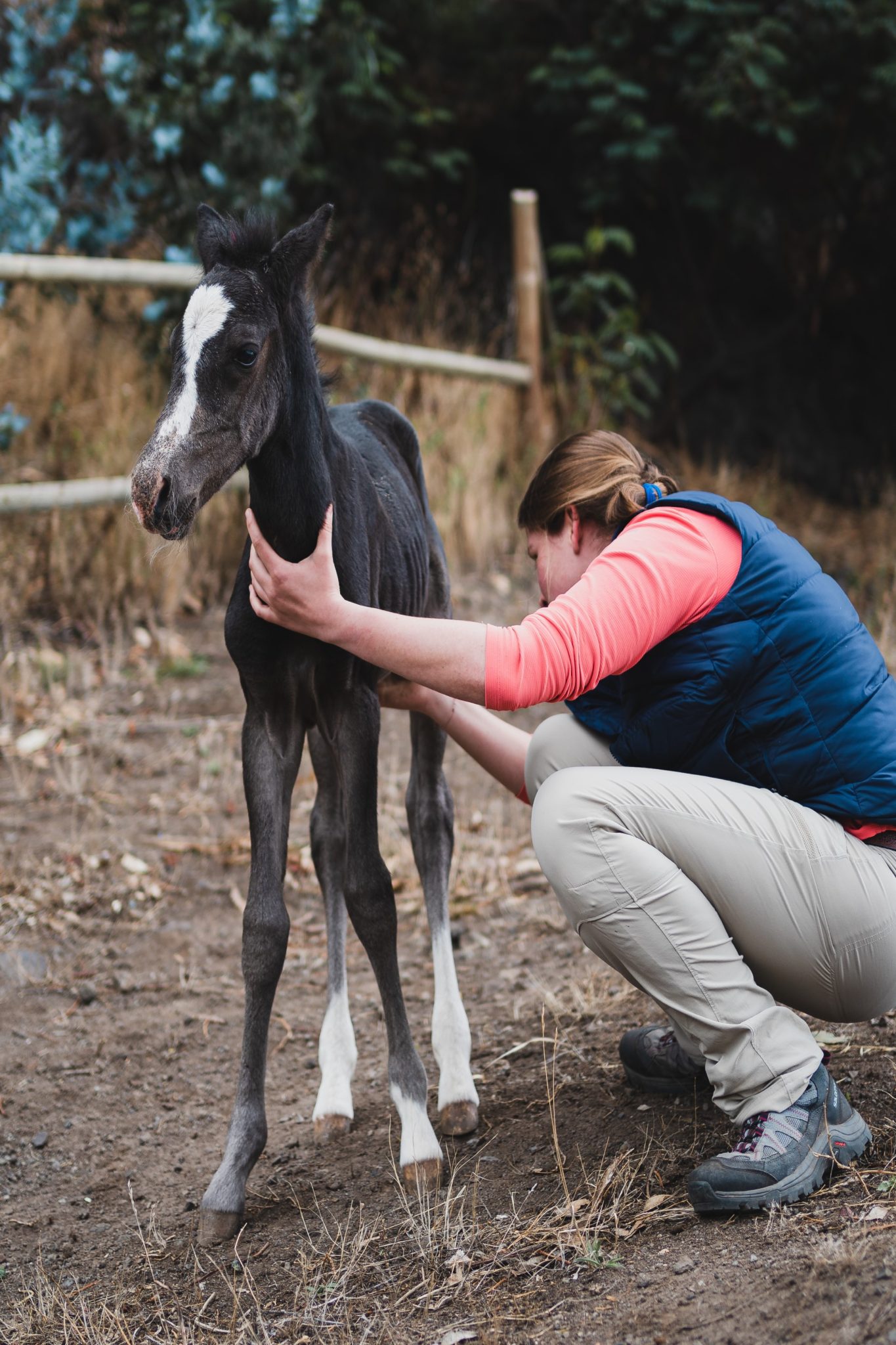This International Women’s Day, we celebrate the impact of women around the globe, and their work in accelerating the path toward equity.
At Lenovo, we put Diversity, Equity and Inclusion at the heart of our work. It’s part of our corporate fabric and we are committed to our mission of developing products, services and solutions that benefit all.
That was the spark that led to our Work For Humankind initiative—a project that invited volunteers on a once in a lifetime opportunity to make a long-lasting difference on the remote island of Robinson Crusoe, while working from our tech-enabled Hub. As we come upon the one-year anniversary of the volunteers’ journey to the island, we reflect on the positive experiences of three of the incredible women participants.
Emily Ketchen, Lenovo’s Chief Marketing Officer and Vice President of Intelligent Devices Group and International Markets, connected with several of the women volunteers who traveled to Robinson Crusoe as part of Work For Humankind: Carissa Cabrera, founder and CEO of the Conservationist Collective from the US; Cynthia Mayer, a product manager and communications specialist from France; and Vivian Garcia, an animal welfare lecturer from Mexico. Each look back at their time on the island and the women’s empowerment that inspired them then and now.
Nearly a year on, what’s your biggest takeaway from Lenovo’s Work For Humankind initiative on Robinson Crusoe Island?
Carissa: The biggest takeaway from my experience last year on Robinson Crusoe Island is the power of small-scale communities when it comes to leading in ocean conservation. The fishers, divers, and conservationists I met are committed to building a better blue planet for future generations. We have so much to learn from communities like this, and I know that access to reliable tech will only accelerate their impact.
Cynthia: I am used to working with engineers, so my volunteering experience was a big shift for me. I volunteered with three groups of local artists and through that, I was able to practice a different communication style—more people-oriented, more empathy-oriented, more personal—much different than engineering code, as art is a very personal thing. To work with an artist successfully, you need to be nearly as passionate as they are. I really cherish the connection we built. Art can be a web that unites people.
Vivian: My biggest takeaway is the friendships that we created with the people from the island and the other volunteers. I’m still in touch with some of the community members of the Island, because now they have better internet access thanks to Lenovo. Another big takeaway would be the professional partnership we created during the project; after Robinson Crusoe, I worked with Island Conservation on another project in Alaska.
Any key learnings from your time remote working on Robinson Crusoe Island?
Carissa: My key learning was that technology opens up endless possibilities in the new age of remote work. On an island of only 800 people, there is so much value in being able to work in a flexible way. My key learnings went far beyond the access to tech though, I left feeling like we all would be better to each other and the planet if we lived like the folks on Robinson Crusoe.
Vivian: That it was possible to be hands-on in conservation projects and volunteer while I was also teaching my students in Mexico remotely through technology!
Were you inspired by any women during your stay on Robinson Crusoe Island?
Carissa: Absolutely. In addition to the incredible volunteers from around the world that I shared this experience with, I had the privilege of developing friendships with multiple local conservationists working towards ocean solutions. Carolina was spearheading expanding the marine protected area in the Juan Fernandez Islands, Gloria was ensuring young kids on the island built a relationship to the ocean through diving, and so many others were doing everything they could to protect their land and communities for future generations.
Cynthia: Jaritza is quite the woman. She is the daughter of the eldest family on the island, actively working to increase the recognition of the Islanders as a Tribe internationally, which will ultimately help the island in protecting its natural resources and provide stronger autonomy to the local population. She is passionate about the island, the people, the story, the culture. I met with her several times and you can see in her eyes it’s not a job for her – it’s her life mission. How many people can say they’ve found their life’s mission? I continue to follow her stories and progress as she shares more insights about the island life.
Vivian: Several, but the women that inspired me the most were Jaritza and Myriam. They are both working to protect the island in different ways. Myriam did so through her work with tourists.
Since leaving Robinson Crusoe, how have you continued to use tech for the good of humankind?
Carissa: Yes. After watching and helping small groups come together to bring big ideas to life using tech, I left Robinson Crusoe with the confidence to think bigger in my conservation journey. I learned that a group of 15-25 fishers were the ones who developed the local sustainable fishing rules. When small groups of passionate people come together around the same shared values, and with access to modern tech and connectivity, anything is possible.
Cynthia: Through my volunteering, I’ve been able to understand the difficulty of artists to grasp technology and use it for their own good. So, I created my own online art gallery for fantasy artists, using all the latest tech to support them and provide them with a new source of income. If we want artists to focus on their art, we need to put better systems in place – including human networks of support.
Vivian: I continue to use tech to monitor wildlife species and educate students about the importance of wildlife and nature conservation.
This year’s IWD celebrates equity. In your own words, what does it mean to #EmbraceEquity?
Carissa: Equity is about ensuring that everyone is given access to the same tools like tech, education, and pathways to success. Systemic and intentional inequities plague different demographics globally. It is up to those of us with privilege, whatever kind it may be, to ensure that everyone is at the table contributing to solutions. Iʻve found that embracing equity means ensuring the programs are diverse, hearing different perspectives, and speaking up for those who may not be heard otherwise.
Cynthia: “Embrace Equity” is to adapt to an individual’s specific challenges or inherent characteristics. It is valid as much for women as it is for any other person in society: elderly, people with or without a disability, people with or without a family, people with or without a religion, etc. You can adapt the work environment you want to give them: the tasks, the working style, the schedule. On the other end, you can also adapt the services and the products you sell to serve them the best. We all deserve respect and a place where we can thrive.
Vivian: Taking action to promote equity, harmony, and union in our communities to ensure that all women get what they need to succeed.
Visit Lenovo StoryHub for more on International Women’s Day and discover more about Lenovo’s Work For Humankind initiative.


